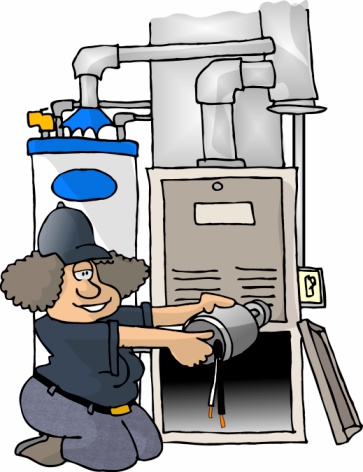Prior to the start of another heating season, a professional furnace inspection can help ensure your heating system is not only functioning safely, but that it is also operating as energy efficiently as possible. Of course, even with routine maintenance, it is important to know some of the most common furnace warning signs so that you can quickly identify if you have a problem with your furnace that requires immediate service.
While some furnace problems might be as simple as a clogged or dirty filter, other problems can be more serious. Of course, a dirty filter can cause a number of problems including poor furnace performance, a decrease in energy efficiency and even poor indoor air quality. However, other problems such as an incorrect mixture of oxygen and gas could lead to serious problems. If your furnace does not have a blue flame, it is time for a furnace inspection by a qualified HVAC professional.
Other indicators that your furnace is not working as well as it should might include hearing noises or smelling an odd odor when your turn on your furnace. Either of these problems might require nothing more than a quick adjustment from a licensed heating contractor, but it is also possible that the problem is the result of something more serious. The only way to know for sure is to schedule a furnace inspection.
Some furnace warning signs, such as a furnace that is not providing sufficient heat, leaving areas of your home cooler than you want, might be the result of obstructed airflow. Your HVAC system needs sufficient air flow to function properly. Whether vents are blocked by furniture or there is something in the duct system that is obstructing air flow, annual furnace maintenance can help spot problems and get them fixed.
It is important to know some of the most common warning signs so that you can make sure that your furnace is functioning at its best. A furnace that is operating properly will be more dependable as well as more energy efficient. If you need repairs or service for your furnace or heating system, be sure to contact a local HVAC contractor.

